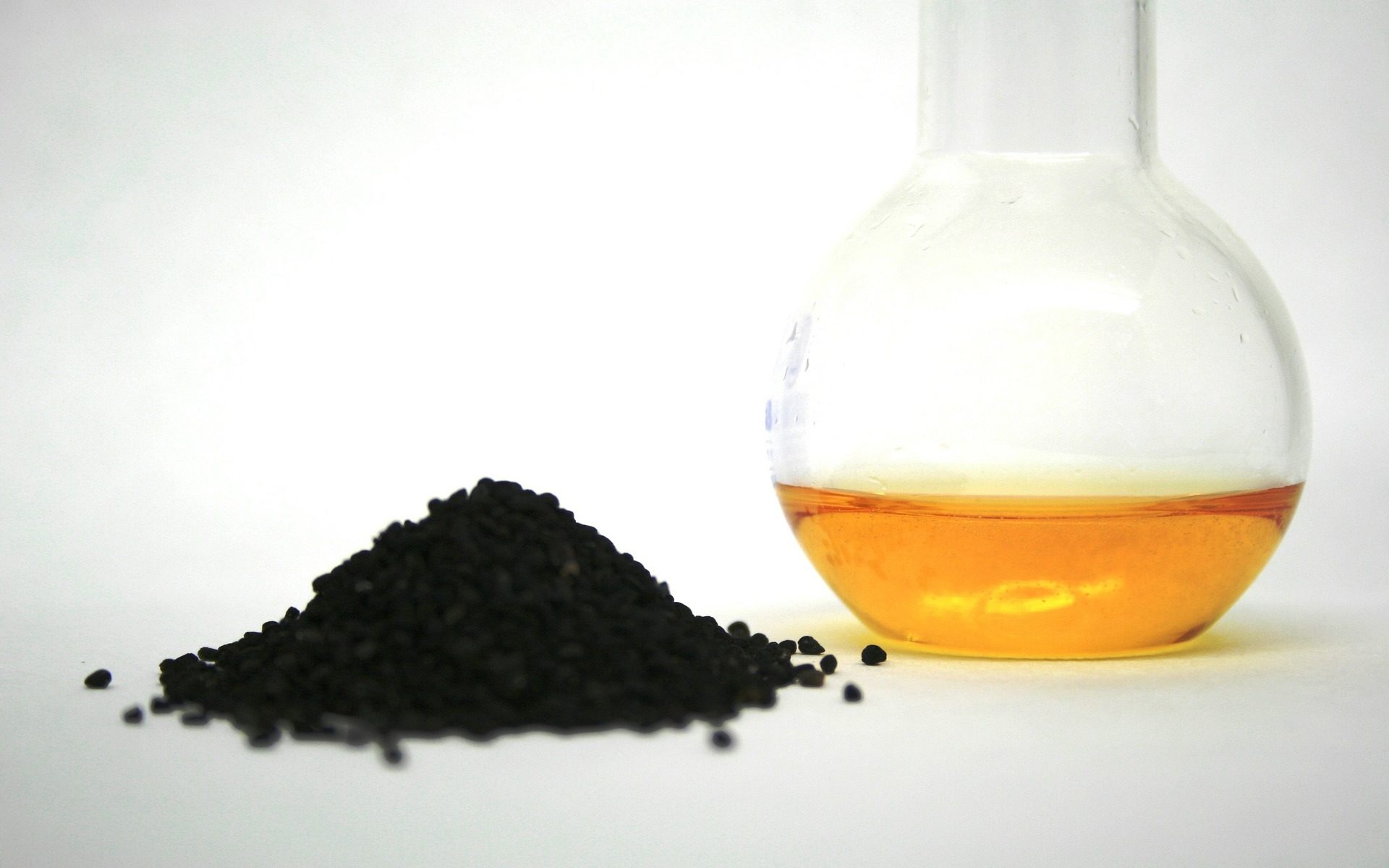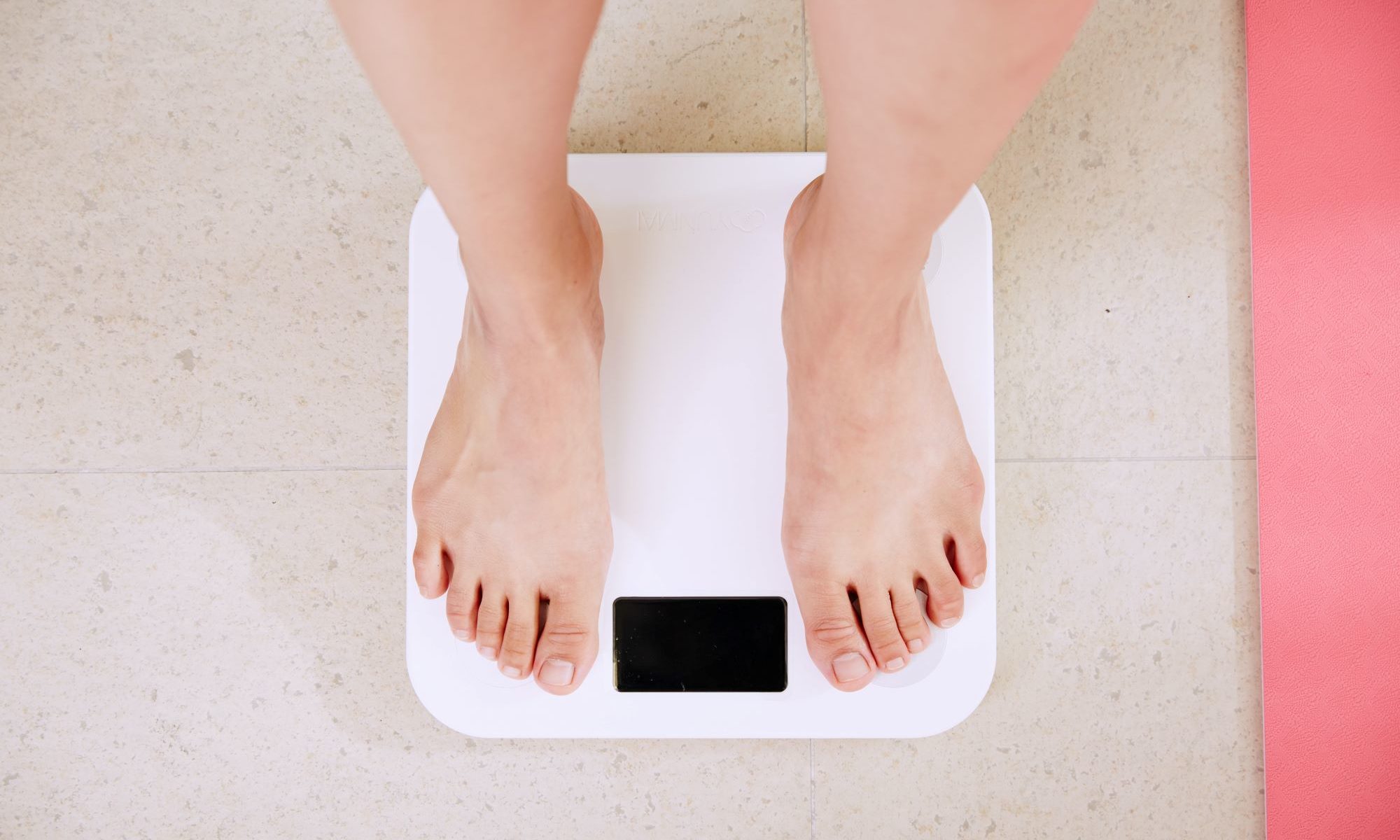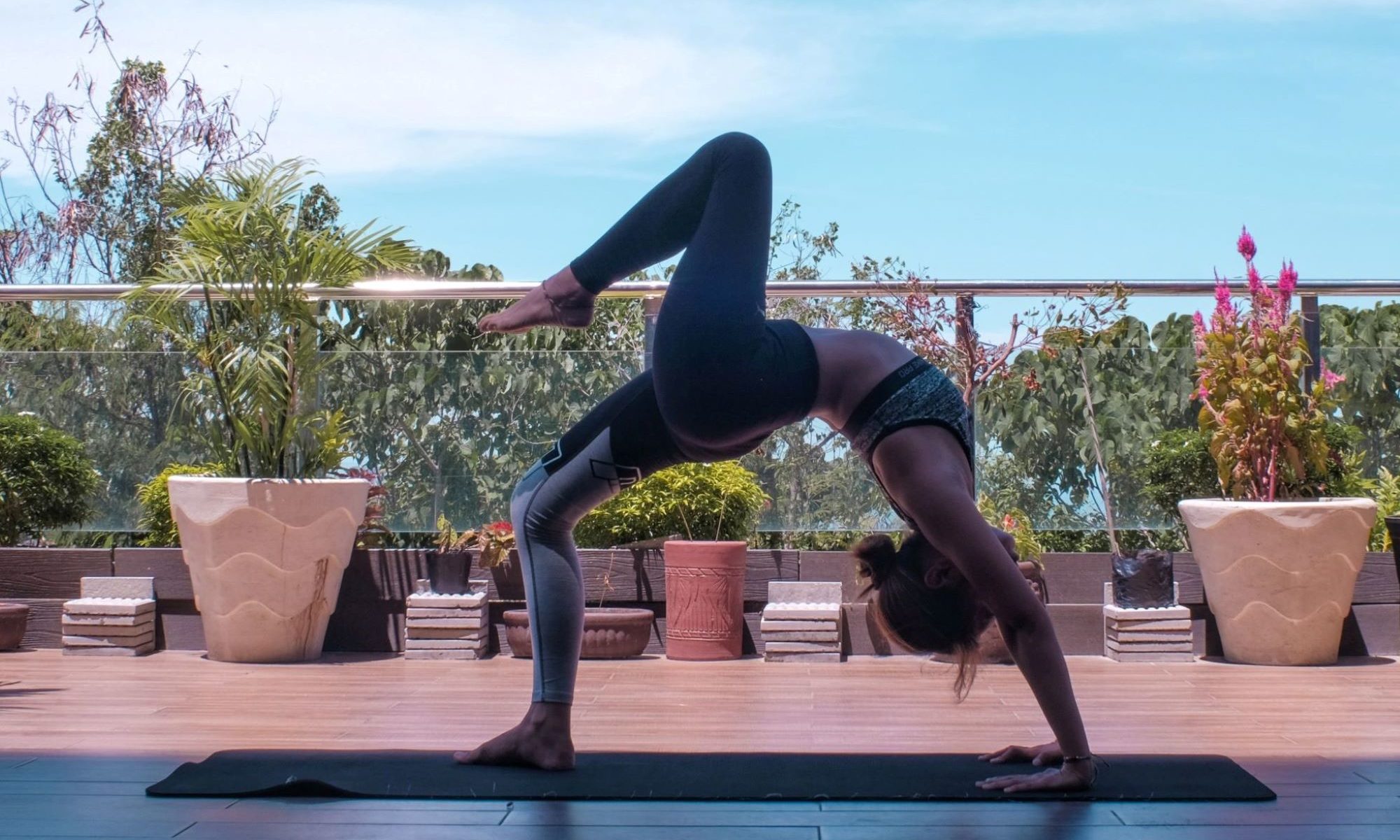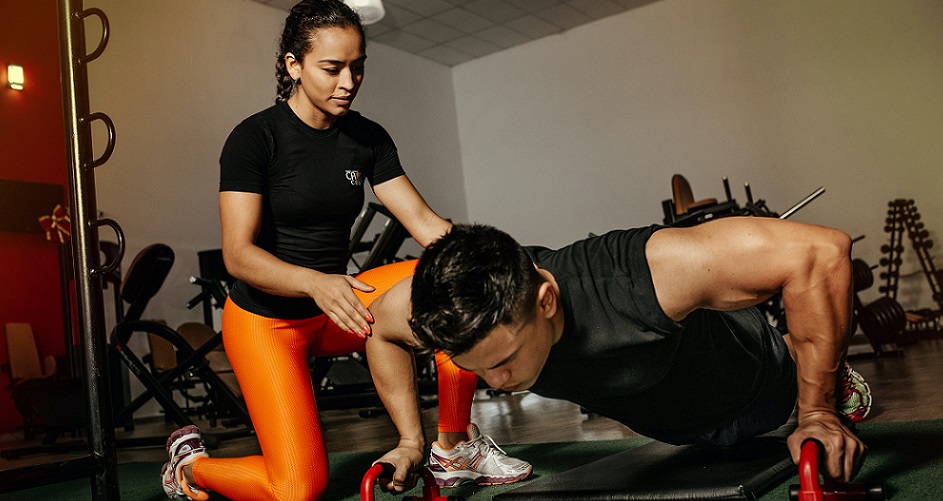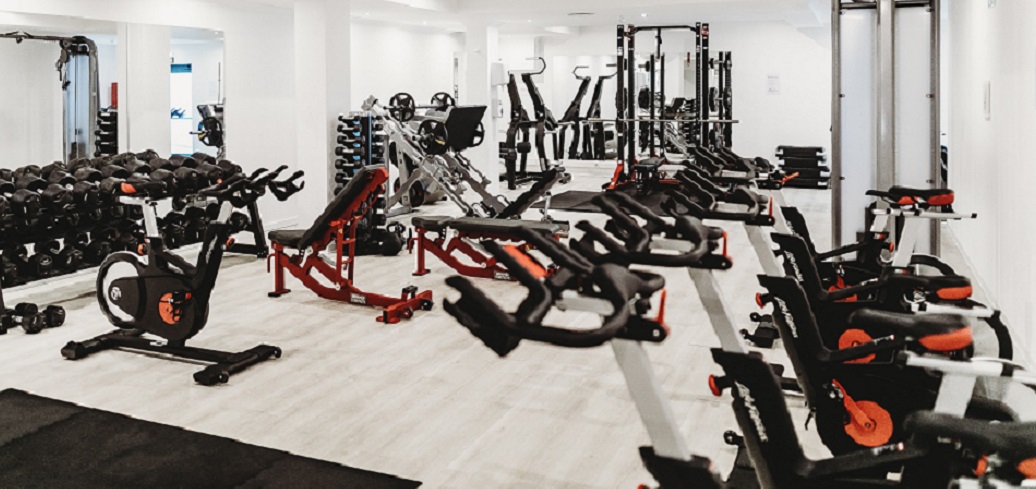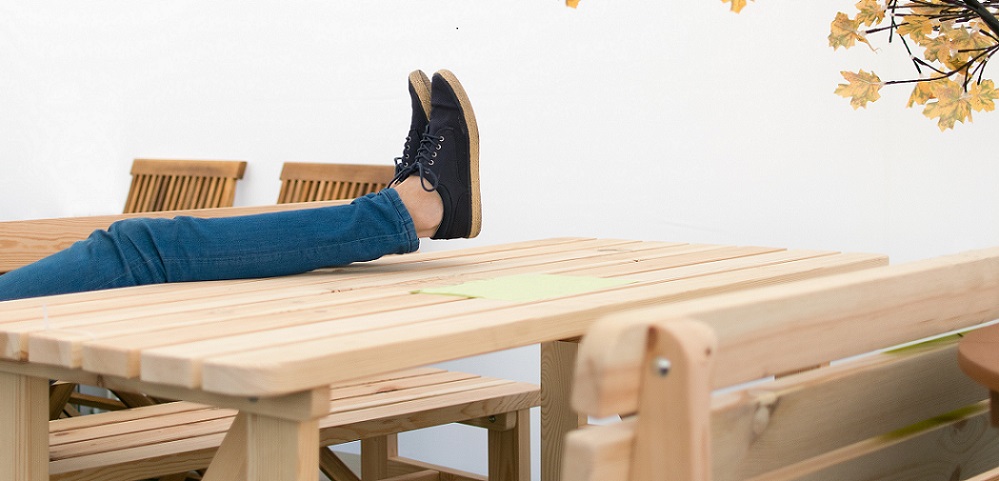There are a lot of claims that black seed oil is the next weight-loss “miracle” you need if you want to stay slim. Believers will tell you that it “melts” fat and “instantly” gives you a perfect waistline. How much of the hype is true?
What Is Black Seed Oil?
Black seed oil comes from a flowering plant called Nigella sativa. Some natural health stores refer to this plant as black caraway, black cumin or Roman coriander, but it’s not related to traditional cumin or caraway at all. When pressed, these tiny black seeds release an aromatic, peppery oil.
How Effective Is Black Seed Oil for Weight Loss?
It’s time for the million-dollar question: Does black seed oil really work for losing weight? The answer is yes, but there’s a catch.
According to a few studies, black seed oil can significantly reduce the body-mass index and waist size of people who are overweight. So far, so good. It helps you drop those extra pounds and slims your belly.
However, this research measured weight loss in groups who were also eating a low-calorie diet. The people taking black seed oil burned more fat compared to the other group, but everyone in the study was eating healthy food. This means that black seed oil can enhance your weight loss efforts, but you also need to follow a smart diet.Why Is Black Seed Oil Good for Weight Loss?
Scientists still aren’t sure how black seed oil helps with weight loss. One possibility is that its natural compounds give your metabolism a boost for faster fat burning. It’s also possible that black seed oil reduces cravings for junk food, making it easier to eat less and choose healthy foods.
[insert page='Offer' display='content']
What Other Health Benefits Does Black Seed Oil Have?
Black seeds have been used for their medicinal properties for a long time. So, if you want to try this oil for slimming your waistline, you may get other benefits, too. Black seed oil is rich in antioxidants, making it good for overall health:
Reduces blood pressure
Lowers cholesterol
Improves blood sugar levels
Prevents bloating
Helps digestive function
How Safe Is Black Seed Oil?
More research is needed, but taking the equivalent of 1 teaspoon a day for several months doesn’t appear to have harmful side effects. However, black seed oil may interfere with medications such as beta blockers. If you take prescription medicine, always check with your doctor before taking supplements.
How Do You Use Black Seed Oil?
If you’re excited about trying black seed oil, getting started is pretty easy. You can either take it as a supplement or use it with meals.
Soft gel supplements provide about 2–3 grams of oil per day. Some people take 1 teaspoon of oil directly. When used in meals, you can add 2–4 tablespoons without problems.
Personally, I like to use black seed oil in salad dressing. It has a spicy, strong flavor similar to fennel. I mix it with lemon juice or Dijon mustard for a healthy vinaigrette. You can toss this tasty dressing with spinach, romaine, arugula, radishes, carrots and other fresh veggies.

